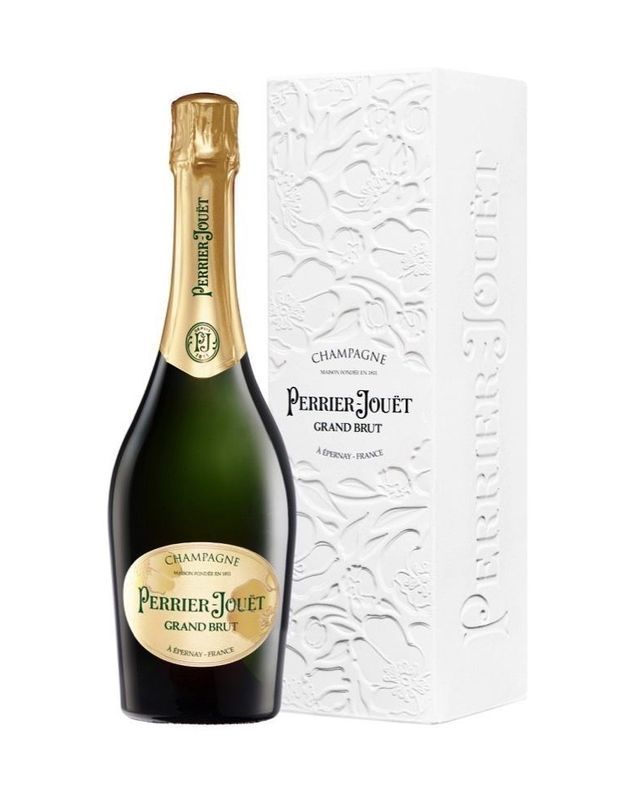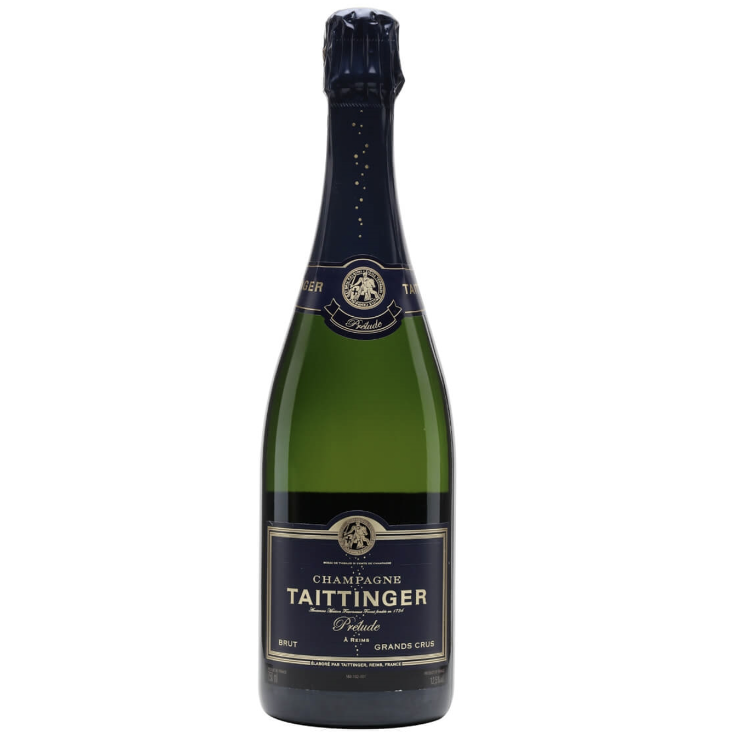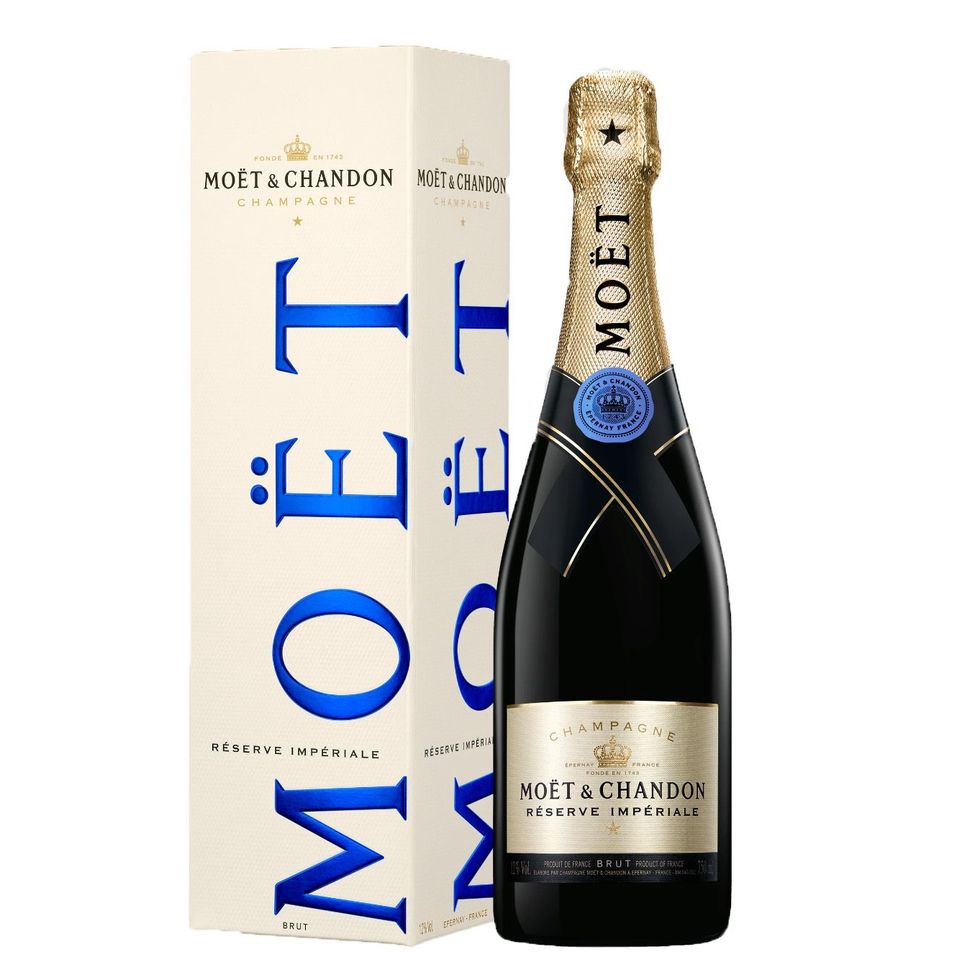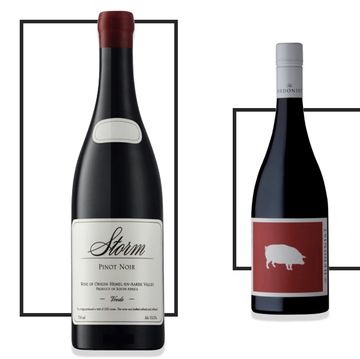We earn a commission for products purchased through some links in this article.
The very best champagne for every occasion
All the bottles to buy now – plus, the modern rules for enjoying a glass
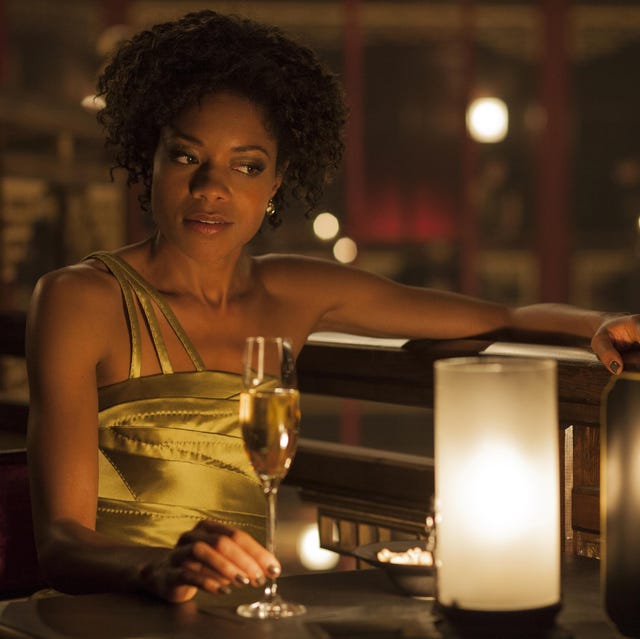
As Oscar Wilde once said, "pleasure without champagne is purely artificial," but how should you consume this most decadent of drinks? And, most importantly, which bottle is truly the best?
Really, one could argue that there's practically no time at which a glass of champagne isn't appropriate – and as we start rolling into the Christmas party season (not to mention planning the big New Year's Eve do), there's no better time to ensure you're familiar with the finer points of drinking fizz (as well as the tried-and-tested bubbles to buy).
You might already know how to pour a glass elegantly and which brands you prefer, but there are also a few rules of champagne etiquette with which you should familiarise yourself before you pop any corks. To make sure you're fully appraised, we spoke to wine writer and expert, Aleesha Hansel, for her top tips.
What is the difference between the different types of champagne - brut, demi sec, extra brut?
The terms brut, demi-sec and extra brut are not exclusive to champagne. They are legally established labels that refer to the amount of residual sugar per litre, in a sparkling wine. In champagne, the levels from driest to sweetest go: brut nature (<3g), extra-brut (<6g), brut (<12g), extra-dry (12g-17g), dry (17-32g), demi-sec (32-50g), doux (>50g).
How should you store champagne?
As with any wine, champagne should be stored away from bright light (to avoid light strike, which affects the taste - it can cause wine to release sulphuric chemicals, leaving it smelling like rotten eggs or cabbage) and in a cool place (below 13 degrees) where the temperature is consistent. I would actually say the consistency is more important than the temp. Also, something which is often forgotten about; vibrations - make sure the wine is in a place where it won't be agitated. Unlike most wines, if you are storing champagne for a short time (less than one month), doing so upright is perfectly fine as the pressure means the cork will stay moist and intact. For long-term storage, sideways is preferable. Champagne can only be kept in the fridge in the very short-term (three to four days) as longer than that risks the cork drying out.
How should you pour?
There is disagreement between professionals about this! Some say to tilt the glass while others suggest it should be poured into a straight glass. I have to say that either way is fine by me, but I would suggest 'wetting' the glass first for either. This means pouring a little champagne into the glass first, allowing it to settle then pouring in the rest - this helps to stop any excess foaming. Top tip - wetting can be done ahead of time, before guests have arrived.
What temperature should it be?
The ideal serving temperature is between 6°C and 9°C, which will mean the actual drinking temp will be 8°C-13°C as the wine warms up in the glass.
Any pairing tips?
I actually love high-low pairings as I think they are playful and fun and take some of the snobbiness out of wine. A great example, and one of my personal faves, is champagne with fish and chips. The acidity of the champagne cuts through the fried batter and oily chips, in what we call a contrasting pairing, and makes for an extra special Friday night treat.
Is there anything else that could affect the taste?
The glass! Many times I have taken a sip of wine only to be taken aback by the smell - and not in a good way. A dirty glass, whether it's got dish-cleaner residue in it, or has had stagnant water left in it will ruin even the best wine. Make sure glasses are clean and dried properly (and not with a dirty rag!)
The very best champagne to indulge in this season






